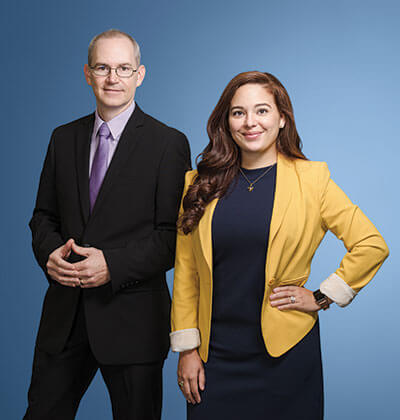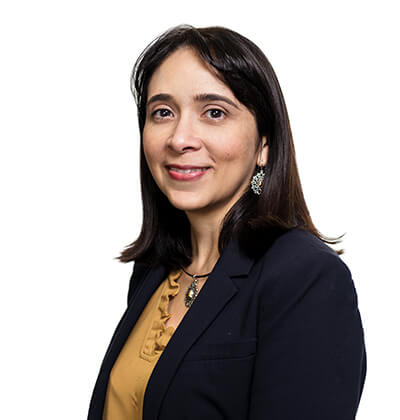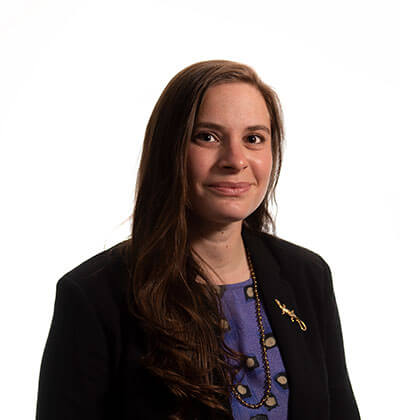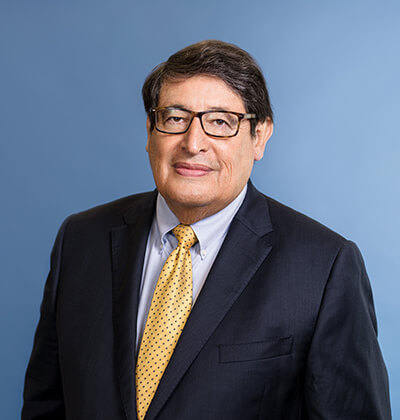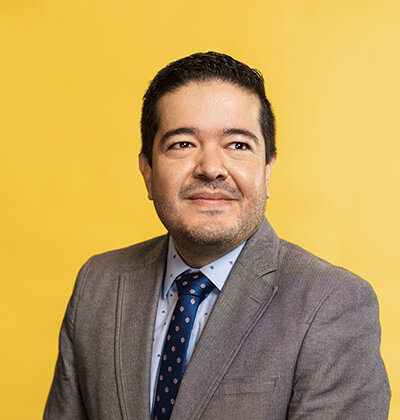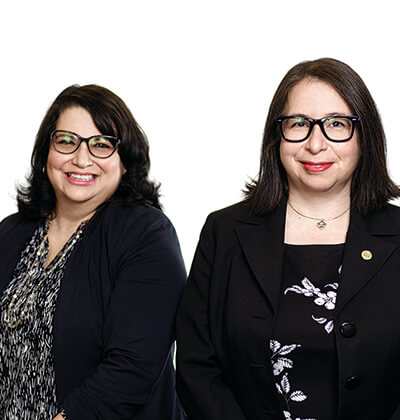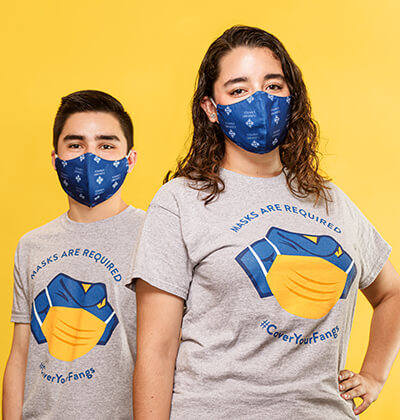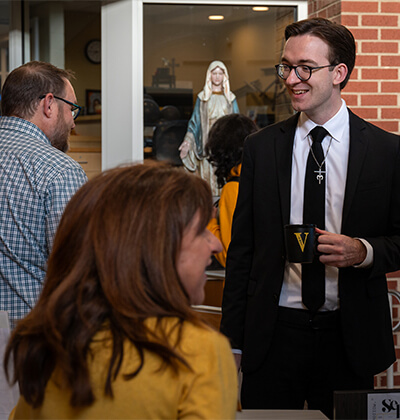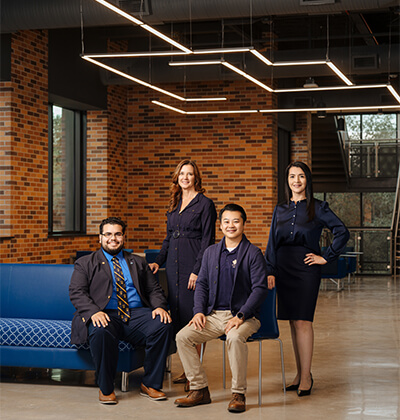Allison Gray, Ph.D.
Associate Professor of Theology
by Alex Z. Salinas (B.A. ’11, M.A. ’19)
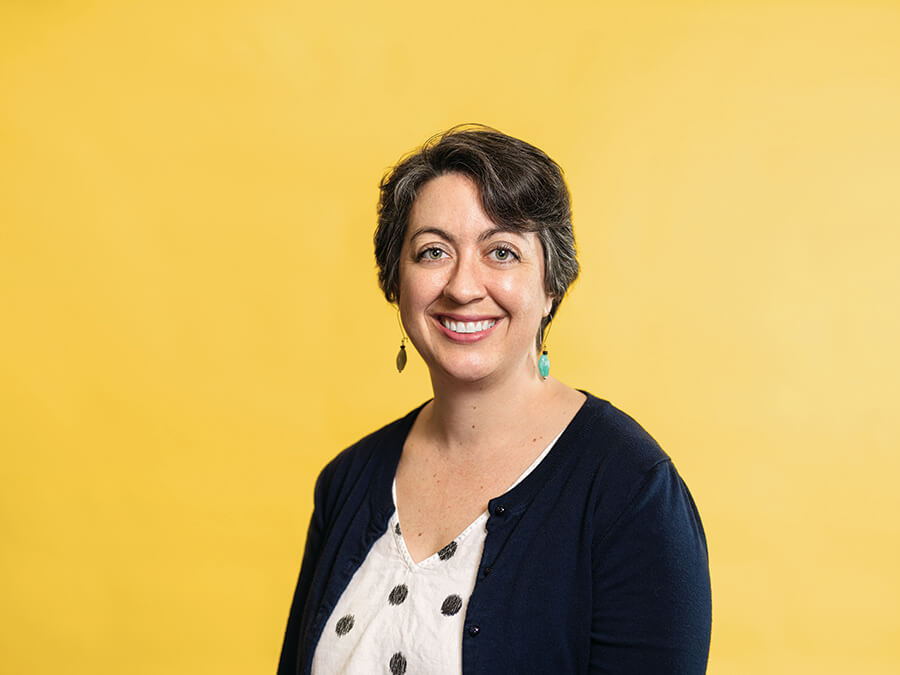
Q: What was your approach in switching to online learning in a short period of time?
A: To address issues of access, I chose to make my courses mainly asynchronous. Each week, students work independently to complete a checklist of tasks through Canvas, with the option to meet with me during a daily office hour. I didn’t want to require synchronous class meetings in case there was competition for a household’s computer or students who traveled to places without internet (or in very different time zones). But I still wanted to make space so that students could engage with important theological concepts and talk about entertaining early Christian literature or ancient art. I transformed some assignments from papers into collaborative Google Docs so students could not only practice writing skills, but also see each other’s reactions to the material. I’ve also tried to focus more on tasks that invite students to apply new concepts to our shared current experience or to think about how ideas expressed in our texts might impact living communities.
Q: What are some new teaching methods you’ve picked up along the way?
A: I’ve appreciated the challenge of boiling down each lesson into a few major takeaway points that I can summarize in a very short video lecturette, which students can watch before doing the reading, working through a PowerPoint, and completing a quiz or post. … I’m now planning to incorporate these sorts of introductions into my regular teaching so students can read or watch them alongside their reading assignments.


